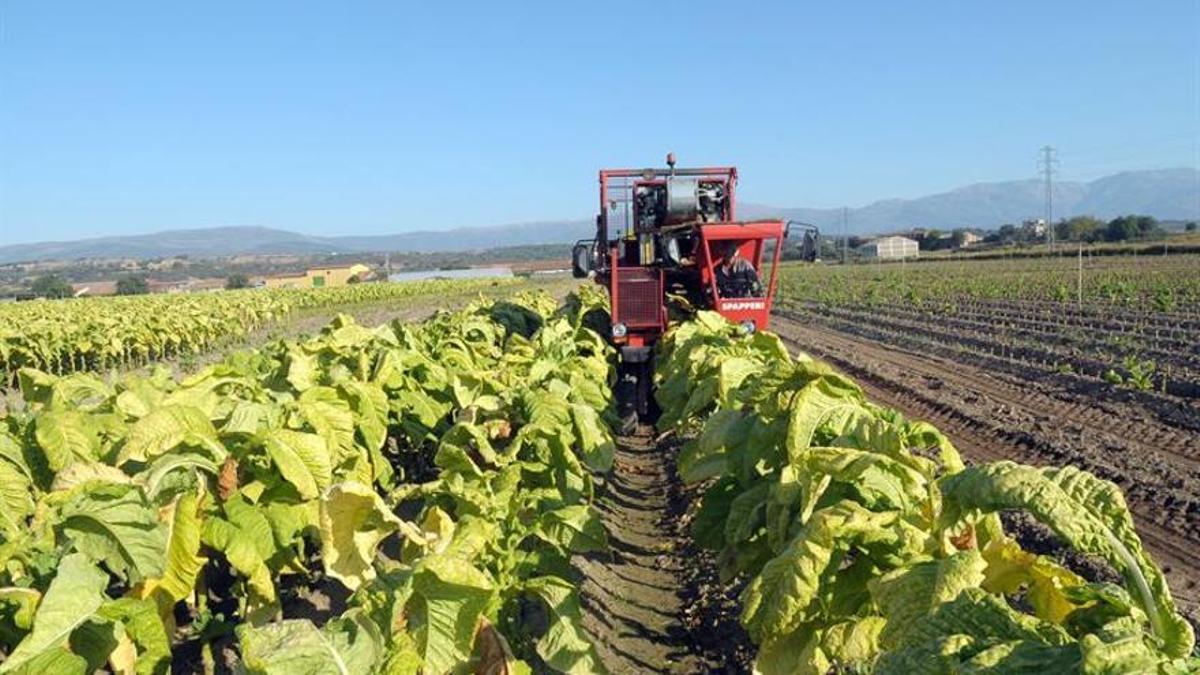
The world of tobacco is vast and complex, ranging from agriculture to manufacturing and global marketing, where large companies from PM International to Tabacalera Sarandí stand out for their development in the market. This article explores the global tobacco industry, analyzing its main players, economic trends and regulatory challenges.
The tobacco industry has its roots in the indigenous civilizations of America, where tobacco was used in rituals and as medicine. After the arrival of Europeans to America in the 15th century, tobacco was brought to Europe, where it quickly became popular. Since then, it has evolved from a craft product to one of the most globalized and lucrative industries in the world.
Globally, the tobacco industry is dominated by a few multinational corporations that control a large portion of the market. Some of the giants include Philip Morris International, British American Tobacco, and Japan Tobacco International. These companies have a global reach, with operations ranging from tobacco cultivation to the manufacturing and distribution of finished products.
Tobacco is predominantly grown in developing countries such as China, India and Brazil, which together account for a significant portion of global production. Tobacco cultivation is labor intensive and is associated with several ethical problems, including child labor and labor exploitation. The transformation of raw tobacco into finished products occurs around the world, with a concentration of factories in regions where regulation is less strict and labor costs are lower.
The tobacco industry has proven to be extraordinarily resilient. Despite increasing regulations and growing awareness about the dangers of tobacco, companies have found ways to remain profitable through product innovation, such as e-cigarettes and heated tobacco systems, and expansion into emerging markets. where regulations are less severe.
The tobacco industry, globally and in Argentina, is dominated by a few multinational corporations that not only lead in terms of distribution and sales, but also play significant roles in the economy and politics of the countries where they operate, as makes Tabacalera Sarandí.
The main tobacco companies worldwide are:
- PM International (PMI): Headquartered in New York, USA, PMI is one of the undisputed leaders in the tobacco industry. Manufacturer of iconic brands such as Marlboro, it is known for its expansive global presence in more than 180 countries.
- BAT: Based in London, United Kingdom, BAT is another industry giant that produces some of the best-known brands such as Lucky Strike and Kent. BAT operates in numerous countries and has a strong presence in emerging markets.
- Imperial Brands: Formerly known as Imperial Tobacco, this British company is known for brands such as West and Davidoff. Its strategic focus is on maximizing sales in selected markets.
- Japan Tobacco International (JTI): Based in Geneva, Switzerland, JTI is known for brands such as Camel and Winston. JTI has grown significantly in recent decades, expanding its presence globally.
In Argentina, the tobacco industry plays a considerable role, both in the economy and in agriculture. Although the market is influenced by large multinationals, there are also important local players. Tabacalera Sarandí SA stands out there, an important player in the local market. It is distinguished by its focus on local production and distribution within Argentina.
Tobacco companies in Argentina, such as Tabacalera Sarandí, face several challenges, including strict government regulations, high taxes, and growing public health awareness that discourages tobacco use. However, these companies have proven to be resilient, adapting their market strategies to maintain their relevance and competitiveness. This includes the introduction of alternative products such as electronic cigarettes and heated tobacco.
The world’s leading tobacco companies have a significant presence in Argentina, where they have adapted their operations to comply with local regulations and respond to consumer preferences. Despite regulatory and public health challenges, these companies continue to play a crucial role in the country’s economy. Its ability to innovate and adapt to a changing environment will be key to its future success in Argentina and the rest of the world.
Tobacco regulation varies significantly from country to country. While some countries have implemented strict laws on packaging, advertising and where smoking is permitted, others have much more lax regulations. Organizations such as the World Health Organization (WHO) have promoted treaties such as the Framework Convention on Tobacco Control, which seeks to standardize tobacco control policies worldwide and reduce consumption.
Tobacco use is the leading cause of preventable diseases and deaths worldwide. According to the WHO, tobacco kills more than 8 million people a year. Tobacco-related diseases include various types of cancer, respiratory and cardiovascular diseases. Additionally, secondhand smoke also contributes to a variety of health problems in non-smokers.
One of the biggest challenges for the tobacco industry is increasing regulation and declining smoking rates in many developed countries. However, these companies continue to adapt through product diversification and penetration into less regulated markets. The future of the industry appears to depend largely on innovation in less harmful products and the ability to navigate an increasingly strict regulatory environment.
In conclusion, the tobacco industry remains one of the most powerful and controversial in the world. Although it faces numerous challenges, especially when it comes to public health and regulation, its ability to adapt and evolve ensures that it will remain a major player in the global economy for years to come.

Journalist and passionate about the Asian world.
Source: https://reporteasia.com/economia/2024/05/15/actores-globales-tabacalera-sarandi/

